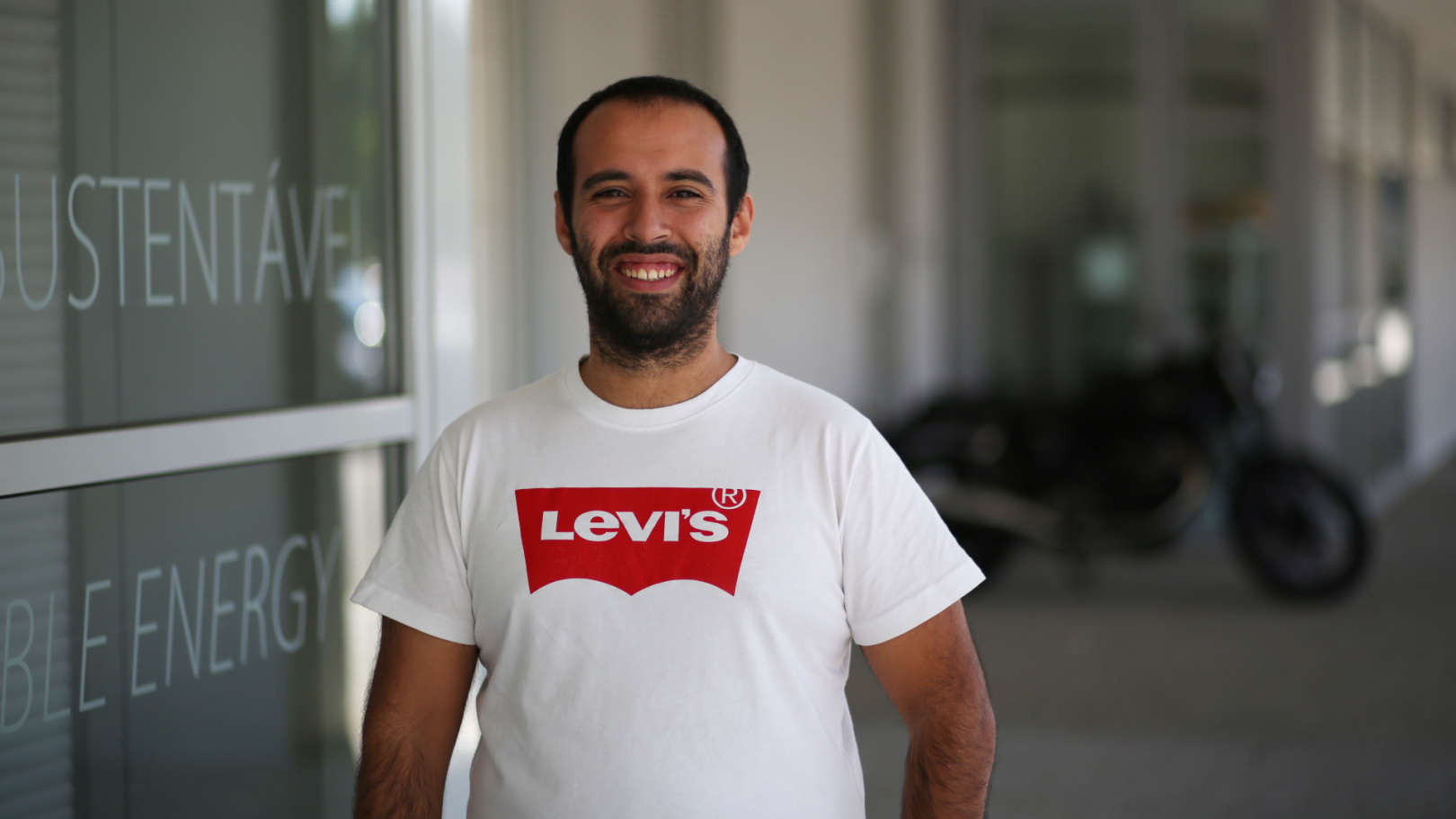Sobre
Sou investigador no Centro de Robótica e Sistemas Autónomos (CRAS) do INESC TEC, com doutoramento em Engenharia Eletrotécnica e de Computadores pela Faculdade de Engenharia da Universidade do Porto (FEUP). A minha especialização incide em Veículos de Superfície Não Tripulados (USVs) para inspeções autónomas em cenários desafiantes utilizando dados multidomínio. Atualmente, participo em projetos de I&D focados no desenvolvimento de metodologias de inspeção para O&M de parques de energias renováveis offshore. Para mais informações, consulte o meu CV em: https://cienciavitae.pt/portal/en/661B-6DD9-0B87.


